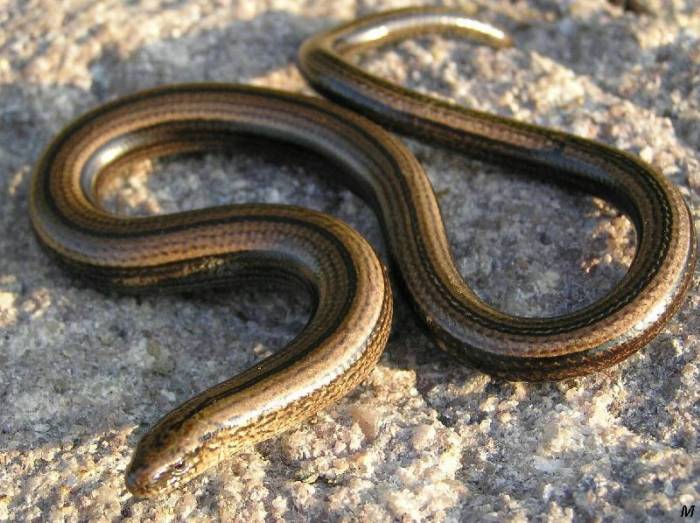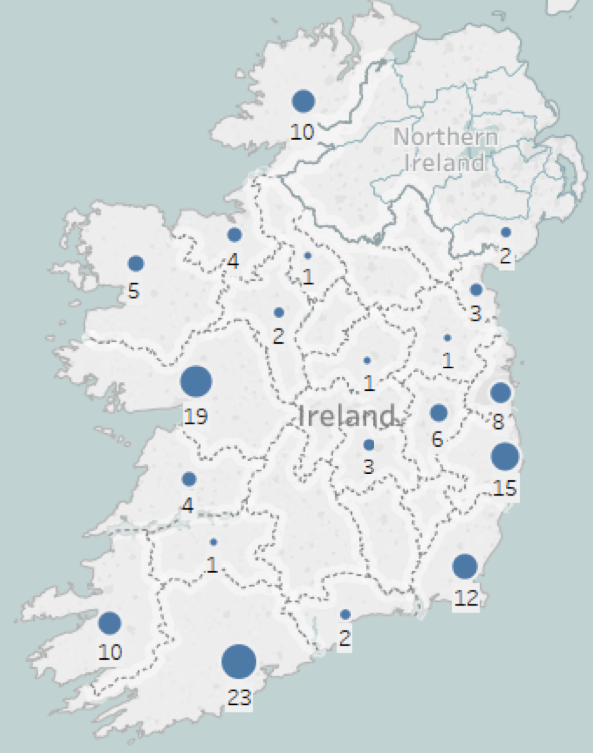 The IWT National Reptile Survey aims to survey the distribution of Ireland’s two wild species of terrestrial reptile – the native common lizard (Zootoca vivipara) and the introduced slow worm (Anguis fragilis).
The IWT National Reptile Survey aims to survey the distribution of Ireland’s two wild species of terrestrial reptile – the native common lizard (Zootoca vivipara) and the introduced slow worm (Anguis fragilis).This citizen science project will gather data on the distribution of these two species in Ireland. With help from the public, we will be able to map where our reptiles are found and track increases or decreases in their populations.
We are calling for once-off sightings from the public as well as recruiting volunteers to head out reptile surveying as citizen scientist – using simple and effective survey methods to look for lizards and slow worm in their local area.
SIGHTINGS:
Please note: This survey is not running this year – please send your lizard record to Biodiversity Ireland here

1. your Name
2. the Date of the sighting
3. the Location of the sighting
(GPS Coordinates or and address)
4. a Photo if possible
5. the Habitat where you saw it
(e.g. bog, sand dune etc)
Check out our reptile surveying video!
SPECIES INFO & SURVEY RESULTS:


Map of Viviparous Lizard Sightings by County from 2016 Survey
The common or viviparous lizard (Zootoca vivipara) is Ireland’s only native species of reptile. This fascinating reptile gives birth to live young, a rarity in the reptile world, where most species lay eggs in order to reproduce. The lizard resides in areas such as bogs, coastal sites, grasslands and uplands is about 13cm long and hunts invertebrates like insects, spiders and snails. Lizards emerge from hibernation in the spring and are most active in April when courtship and reproduction occurs. The young are born in September making this another good time for lizard spotting.
The slow worm (Anguis fragilis) has an elongated round body about 50cm long and a pointed head and no legs. It looks like a small snake but is, in fact, a species of legless lizard. It is not native to Ireland and is thought to have been introduced to the Burren region of Ireland in 1970 from Britain. The slow worm is coppery brown or sometimes bluish grey in colour with darker flanks. They eat invertebrates such as slugs and worms and are generally found under rocks and logs or in compost heaps.
To find out more about the Common lizard and how you can spot it, see the following guide: Common Lizard Information